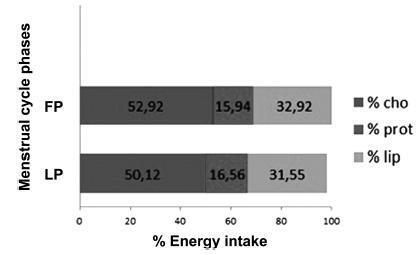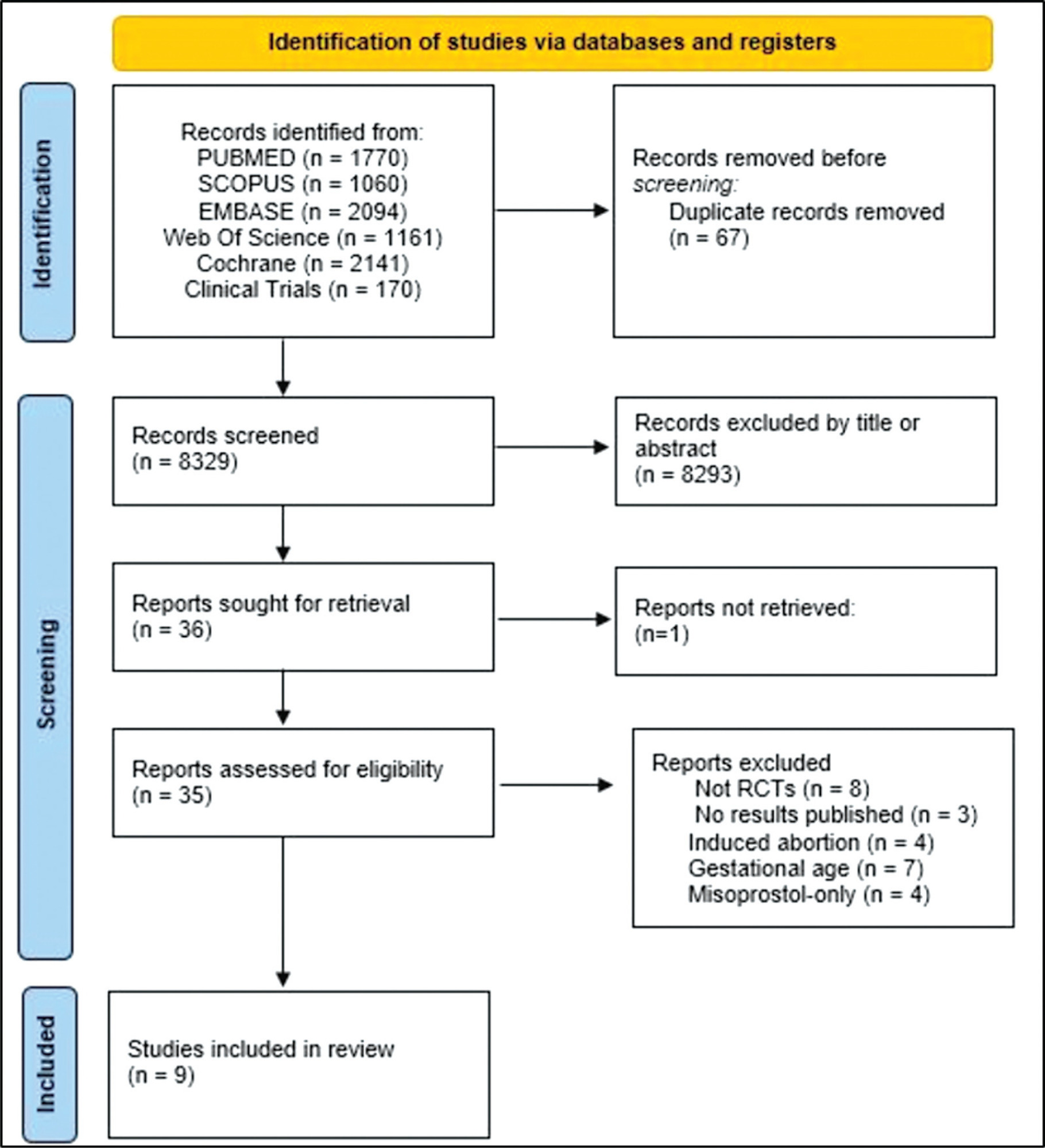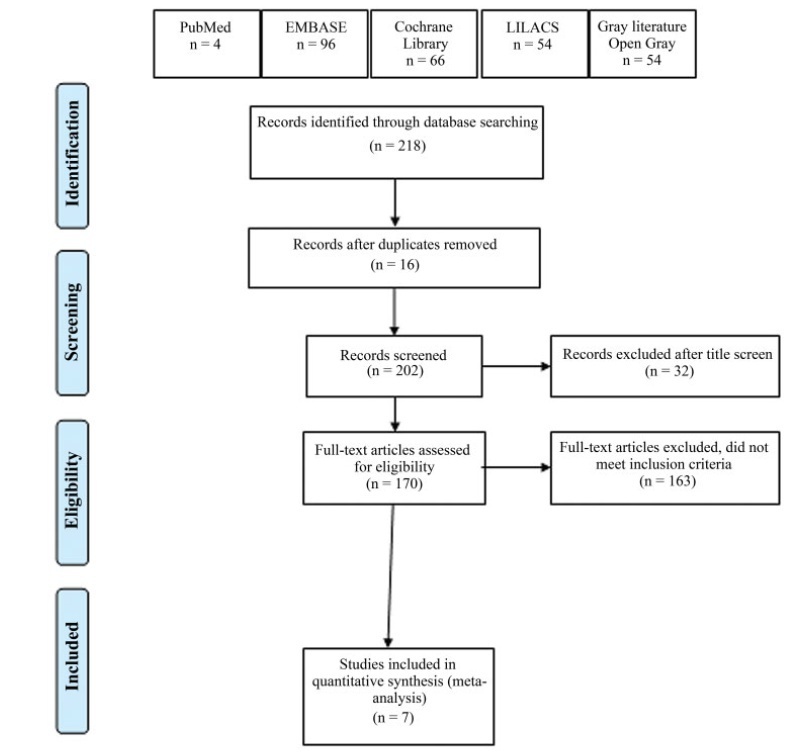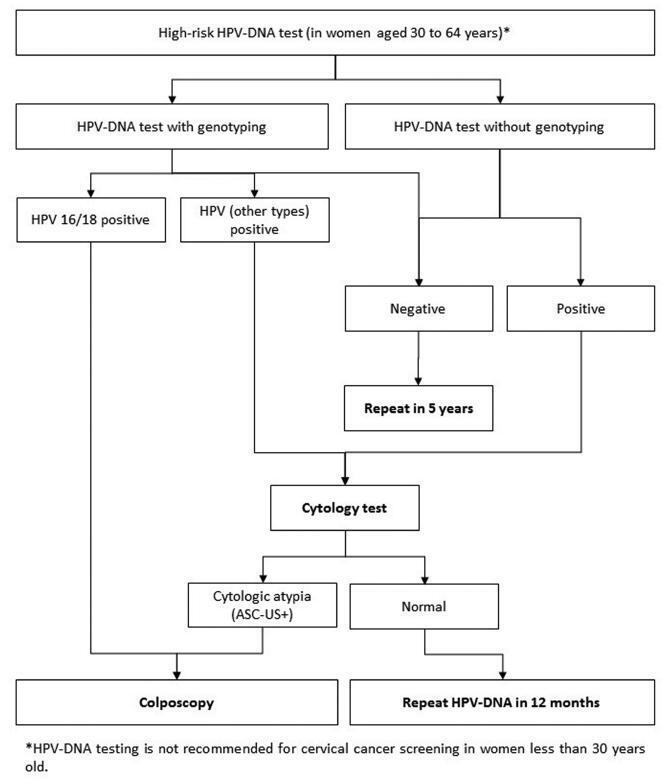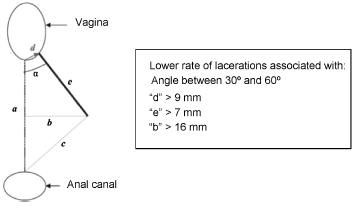-
Original Article04-12-1998
Chronic effects of acetylsacylic acid on pregnant rats
Revista Brasileira de Ginecologia e Obstetrícia. 1998;20(5):245-249
Abstract
Original ArticleChronic effects of acetylsacylic acid on pregnant rats
Revista Brasileira de Ginecologia e Obstetrícia. 1998;20(5):245-249
DOI 10.1590/S0100-72031998000500003
Views99See moreThe purpose of the present study was to evaluate the effects of acetylsalicylic acid (ASA) on the pregnancy of female albino rats. We used 60 pregnant female rats which were divided into six groups of ten cache. All the animals received daily by gavage, from the 5th (day zero) until the 20th day of pregnancy, 1 ml of the following: Group I – only distilled water (control); Group II – 0.2% aqueous solution of carboxymethylcellulose (vehicle); Groups III, IV, V and VI – 1, 10, 100 and 400 mg/kg body weight respectively, of ASA diluted in 0.2% carboxymethylcellulose solution. The animals were weighed on days 0, 7, 14 and 20 of pregnancy. Our results showed that the animals treated with 100 mg of ASA presented a reduction in the number of live newborns. The animals treated with 400 mg/kg/day presented not only a reduction in the number of live newborns but also decrease in maternal, newborn and placental weight.
-
Original Article04-12-1998
Glycosylated hemoglobin levels and cardiac abnormalities in fetuses of diabetic mothers
Revista Brasileira de Ginecologia e Obstetrícia. 1998;20(5):237-243
Abstract
Original ArticleGlycosylated hemoglobin levels and cardiac abnormalities in fetuses of diabetic mothers
Revista Brasileira de Ginecologia e Obstetrícia. 1998;20(5):237-243
DOI 10.1590/S0100-72031998000500002
Views105We analyze prospectively the existence of a relationship between the mother’s glycemic control, in the first half of pregnancy, and the occurrence of abnormal fetal cardiac abnormalities, in pregnant women with diabetes mellitus. In 127 pregnant women, the level of glycosylated hemoglobin was determined on the first visit during prenatal care. Nine patients had type I diabetes, 77 type II and 41 gestational diabetes mellitus (GDM). All mothers were submitted to detailed fetal echocardiography, during the 28th ± 4.127 week of gestation. In 31 (24.4%) of the 127 fetuses cardiac anomalies were detected. In 10 (7.87%) an isolated cardiac anomaly was identified. Mean HbA1c in the group of pregnant women without cardiac anomalies (5.64%) was statistically different from the group with anomalies (10.14%) (p<0.0001). The receiver-operator characteristic, representing the balance between sensitivity (92.83%) and specificity (98.92%) in the diagnosis of structural cardiac abnormalities, showed a cut-off point at the 7.5% HbA1c level. In nine of ten fetuses with structural cardiac anomalies, the maternal level of HbA1c was higher than 7.5%. The difference between means of the groups with and without myocardial hypertrophy diagnosed as isolated anomaly (MCHP) was not statistically significant, when considering both type II diabetes and GDM subgroups. In conclusion, levels of HbA1c higher than 7.5% were associated with most cases of echocardiographycally diagnosed structural cardiac anomalies. On the other hand, this test was not useful to discriminate conceptus with MCHP.
Key-words Diabetes mellitusFetusGlysosylated hemoglobin AMalformationsPregnancy complicationsUltrasonographySee more -
04-12-1998
RBGO: presente e futuro
Revista Brasileira de Ginecologia e Obstetrícia. 1998;20(5):235-235
Abstract
RBGO: presente e futuro
Revista Brasileira de Ginecologia e Obstetrícia. 1998;20(5):235-235
-
04-12-1998
Estudo longitudinal das alterações hemodinâmicas e estruturas cardíacas em gestantes sem patologia
Revista Brasileira de Ginecologia e Obstetrícia. 1998;20(4):225-225
Abstract
Estudo longitudinal das alterações hemodinâmicas e estruturas cardíacas em gestantes sem patologia
Revista Brasileira de Ginecologia e Obstetrícia. 1998;20(4):225-225
DOI 10.1590/S0100-72031998000400009
Views80Estudo Longitudinal das Alterações Hemodinâmicas e Estruturas Cardíacas em Gestantes sem Patologia[…]See more -
04-12-1998
Ultra-sonometria de calcâneo em mulheres pré e pós-menopáusicas comparação com densitometria óssea
Revista Brasileira de Ginecologia e Obstetrícia. 1998;20(4):225-225
Abstract
Ultra-sonometria de calcâneo em mulheres pré e pós-menopáusicas comparação com densitometria óssea
Revista Brasileira de Ginecologia e Obstetrícia. 1998;20(4):225-225
DOI 10.1590/S0100-72031998000400010
Views100Ultra-Sonometria de Calcâneo em Mulheres Pré e Pós-Menopáusicas Comparação com Densitometria Óssea […]See more -
Case Report04-12-1998
Necrotizing fasciitis of the breast: case report
Revista Brasileira de Ginecologia e Obstetrícia. 1998;20(4):221-224
Abstract
Case ReportNecrotizing fasciitis of the breast: case report
Revista Brasileira de Ginecologia e Obstetrícia. 1998;20(4):221-224
DOI 10.1590/S0100-72031998000400008
Views160See moreA case of postsurgical necrotizing fasciitis is presented. A 68-year-old female patient was submitted to a lumpectomy for a big breast lipoma. After surgen there was an aggressive local infection, with extensive necrosis of the breast tissue, including the superficial and deep fasciae and also the skin over the breast. The gravity of the disease and the difficulties in its diagnosis due to the late skin necrosis are emphasized. Under such circunstances an early and aggressive approach is necessary.
PlumX Metrics
- Citations
- Citation Indexes: 1
- Usage
- Full Text Views: 94179
- Abstract Views: 963
- Captures
- Readers: 1
-
Case Report04-12-1998
Leiomyoma of the female urethra: a case report
Revista Brasileira de Ginecologia e Obstetrícia. 1998;20(4):217-219
Abstract
Case ReportLeiomyoma of the female urethra: a case report
Revista Brasileira de Ginecologia e Obstetrícia. 1998;20(4):217-219
DOI 10.1590/S0100-72031998000400007
Views122See moreA case of urethral leiomyoma – a mass of approximately 5 cm in diameter – located on the anterior wall of the vaginal lower third is reported. The patient was submitted to a surgical tumor excision. Histopathological and immunohistochemical studies indicated leiomyoma, which is always a benign, unusual neoplasm, rarely relapsing after excision. Its pathogenesis and clinical features are also focused on.
-
Original Article04-12-1998
Fine-needle aspiration cytology (FNAC) in the differential diagnosis of breast pathology
Revista Brasileira de Ginecologia e Obstetrícia. 1998;20(4):209-213
Abstract
Original ArticleFine-needle aspiration cytology (FNAC) in the differential diagnosis of breast pathology
Revista Brasileira de Ginecologia e Obstetrícia. 1998;20(4):209-213
DOI 10.1590/S0100-72031998000400006
Views190See moreFine-needle aspiration cytology (FNAC) is a simple method and free from complications, among great value in mastology. Its accuracy can suffer the influence of several factors, among which we can highlight the experience of the physician who performs it. With the objective of verifying the effectiveness of FNAC performed by general gynecologists, 341 patients were studied concerning the relationship between the results of FNAC and the histology of the breast lesion. We obtained sensitivity of 70.87%, specificity of 70.58%, predictive positive value of 92.40%, predictive negative value of 89.36% and accuracy of 70.67%. We concluded that FNAC is of great value in handling breast lesions and can be appropriately performed by general gynecologists. The method, however, may lead to errors of diagnosis. We do not recommend, therefore, the use of the result of FNAC as a definitive diagnosis; instead this result must be interpreted in the context of the clinical diagnosis and mammography.
Search
Search in:
Tag Cloud
Pregnancy (252)Breast neoplasms (104)Pregnancy complications (104)Risk factors (103)Menopause (88)Ultrasonography (83)Cesarean section (78)Prenatal care (71)Endometriosis (70)Obesity (61)Infertility (57)Quality of life (55)prenatal diagnosis (51)Women's health (48)Maternal mortality (46)Postpartum period (46)Pregnant women (45)Breast (44)Prevalence (43)Uterine cervical neoplasms (43)




